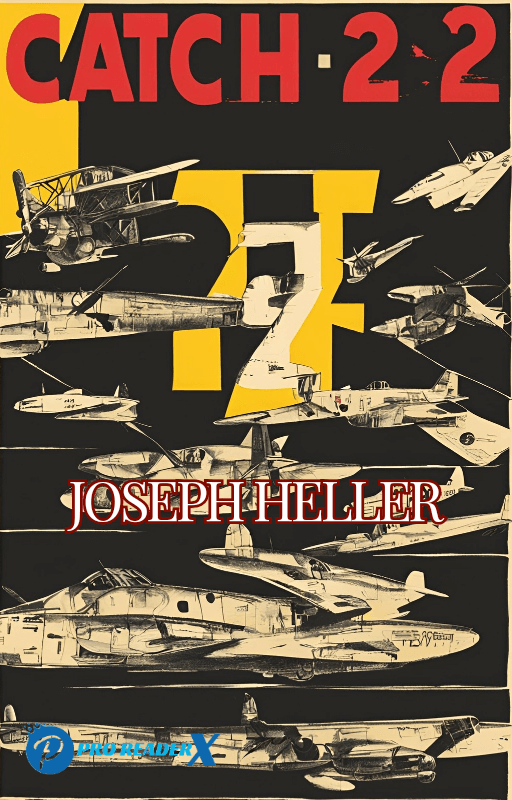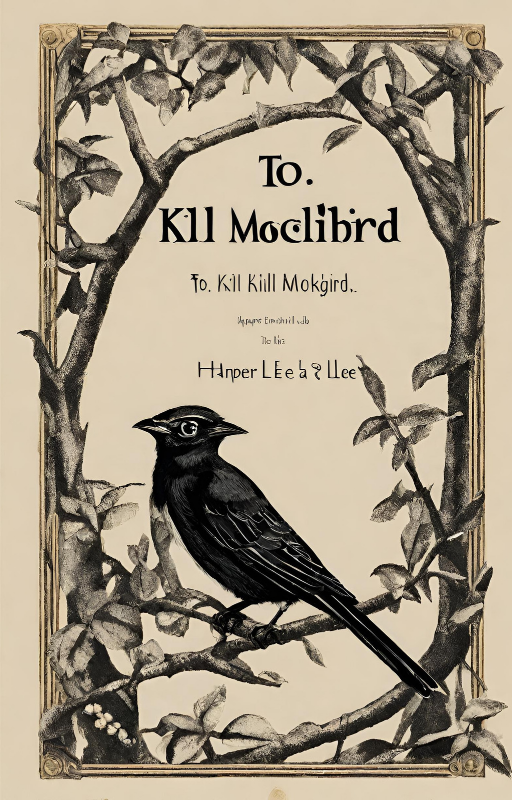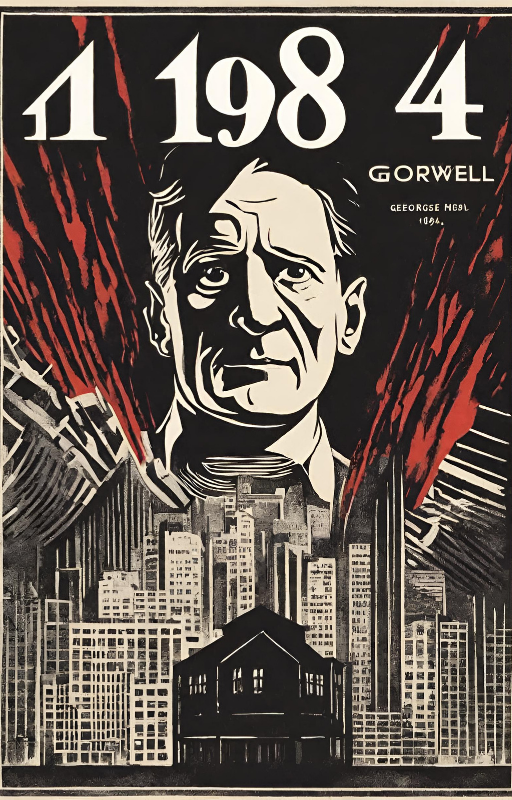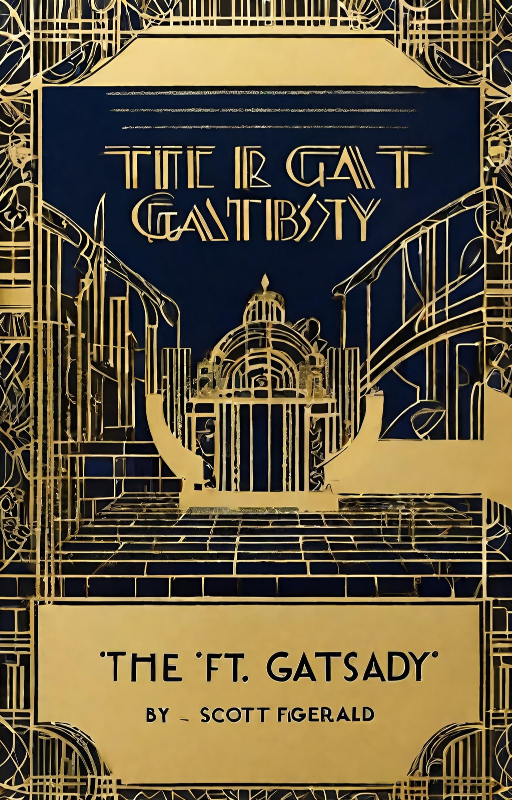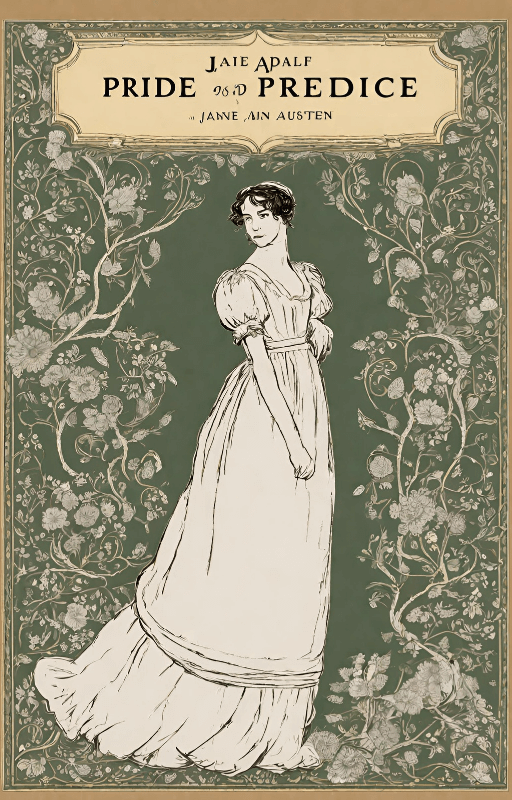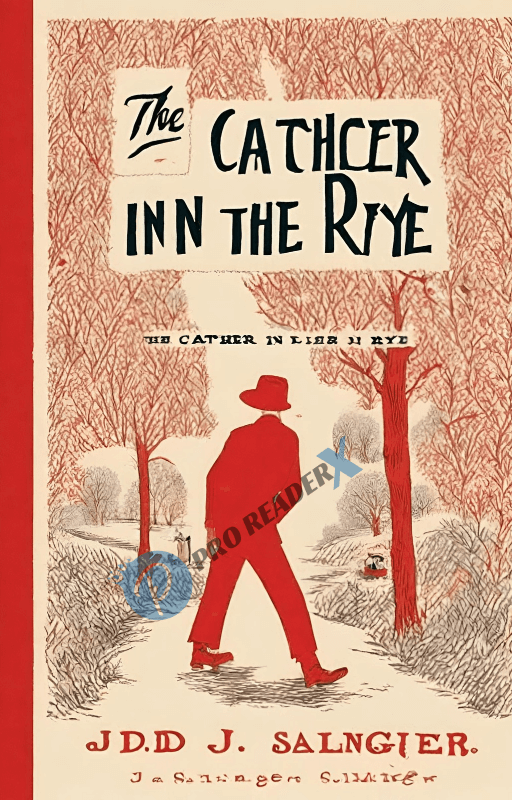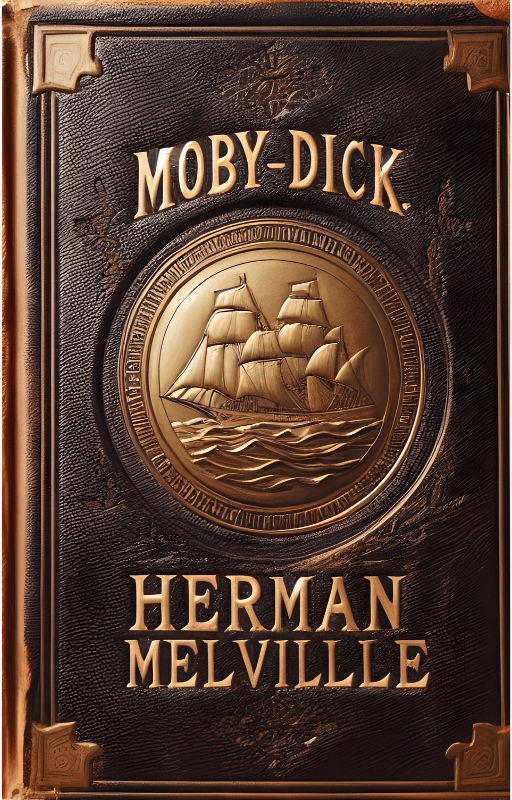Introduction to Catch-22
Have you ever felt stuck in a situation where, no matter what you do, you can’t win? Welcome to the world of Catch-22 by Joseph Heller. This novel, a cornerstone of American literature, dives deep into the absurdities and paradoxes of war, leaving readers both amused and horrified. Let’s embark on a journey through this timeless classic.
The Origins of Catch-22
Joseph Heller: The Author
Joseph Heller, born in 1923, was an American author known for his satirical style. His experience as a bombardier in World War II heavily influenced his writing. Heller’s unique perspective and biting wit shine through in Catch-22, his most famous work, published in 1961.
Publication and Reception
When Catch-22 first hit the shelves, it didn’t make an immediate splash. However, over time, it gained a cult following and critical acclaim. Its popularity surged during the Vietnam War era, resonating with the anti-war sentiment of the 1960s and 70s. Today, it’s hailed as a classic, often featured in discussions about the best novels of the 20th century.
Plot Overview
Setting and Timeframe
Catch-22 is set during World War II on the fictional Mediterranean island of Pianosa. The novel’s events unfold non-linearly, jumping back and forth in time, which mirrors war’s chaotic and often surreal nature.
Major Plot Points
At its core, Catch-22 follows Captain John Yossarian, a U.S. Army Air Force B-25 bombardier. Yossarian is desperate to stay alive amidst the relentless missions imposed by his superiors. His main adversary isn’t the enemy but the bureaucratic absurdities within his own military unit. The infamous “Catch-22” is the contradictory rule that prevents him from escaping the war: a soldier can be grounded for being insane, but requesting to be grounded is proof of sanity, thus disqualifying him from being grounded.
Main Characters
Captain John Yossarian
The protagonist, Yossarian, is a complex character who embodies fear, frustration, and rebellion. His primary goal is survival, and his repeated encounters with the absurdities of military life make him both tragic and comedic.
Colonel Cathcart
Colonel Cathcart, Yossarian’s commanding officer, is obsessed with his advancement. He continually raises the number of required missions, blatantly disregarding his men’s safety. Cathcart represents the irrationality and callousness of military bureaucracy.
Doc Daneeka
Doc Daneeka, the squadron flight surgeon, is cynical and self-serving. He explains the maddening logic of Catch-22 to Yossarian, highlighting their helplessness.
Milo Minderbinder
Milo is the mess officer turned war profiteer. His syndicate, M&M Enterprises, symbolizes the corruption and moral ambiguity prevalent during the war. Milo’s business dealings often put profit over human life, showcasing the dark side of capitalism.
Themes and Motifs
The Absurdity of War
One of the central themes of Catch-22 is the absurdity of war. Heller uses satire to expose the irrationality and chaos that soldiers face. The nonsensical rules and surreal situations highlight the disconnect between the individual soldier’s experience and the overarching military objectives.
Bureaucracy and Authority
The novel criticizes the dehumanizing nature of bureaucracy. Characters like Colonel Cathcart and Major (yes, that’s his real name) demonstrate how authority figures can be both ridiculous and tyrannical. The bureaucratic maze traps the soldiers, making them pawns in a game they can’t understand or escape.
The Concept of Catch-22
At the heart of the novel is the concept of Catch-22. It’s a no-win situation, a loop of illogical rules that ensnare the characters. This paradox reflects the more significant existential dilemmas and the futility many feel trying to navigate life’s absurdities.
Style and Structure
Narrative Techniques
Heller’s narrative style is nonlinear and fragmented. This disjointed structure mirrors the chaos of war and the fragmented state of the protagonist’s mind. The repetitive and circular dialogue reinforces the sense of entrapment and confusion.
Tone and Language
The tone of Catch-22 oscillates between dark humour and stark tragedy. Heller’s satire and irony underscore the absurdity of the situations while also delivering a potent critique of war and bureaucracy. His language is sharp, witty, and often deliberately confusing, mirroring the bewildering world the characters inhabit.
Impact and Legacy
Influence on Literature
Catch-22 has profoundly influenced literature, introducing a new way to discuss war and its impacts. Its satirical and anti-war themes paved the way for future works that challenge traditional narratives and question authority. The term “Catch-22” has even entered the lexicon, symbolizing any illogical and self-perpetuating rule.
Cultural Impact
Beyond literature, Catch-22 has permeated popular culture. Its themes resonate with those questioning authority and confronting absurd bureaucracies, making it relevant in various contexts, from corporate culture to government policies.
Adaptations and Media
Film and Television
Catch-22 was adapted into a film in 1970, directed by Mike Nichols. Though the film didn’t achieve the same critical acclaim as the book, it brought the story to a broader audience. More recently, a miniseries produced by George Clooney aired in 2019, receiving praise for its faithful and engaging adaptation.
Stage and Other Media
The novel has also been adapted for the stage and various radio plays, each bringing a new dimension to Heller’s work. These adaptations explore different facets of the story, offering fresh interpretations of its themes and characters.
Conclusion
Joseph Heller’s Catch-22 is more than just a novel about war; it’s a profound commentary on the absurdities of life, the dehumanizing effects of bureaucracy, and the paradoxes that govern our existence. With its memorable characters, sharp wit, and enduring themes, Catch-22 remains a powerful and relevant work, continuing to captivate and provoke readers worldwide.
FAQs
- What is the central message of Catch-22?
The main message of Catch-22 is the absurdity and futility of war and the bureaucratic systems that perpetuate it. It highlights the paradoxes and irrationalities that trap individuals in no-win situations. - Why is Catch-22 considered a classic?
Catch-22 is considered a classic because of its innovative narrative style, powerful anti-war message, and enduring relevance. Its satirical take on the absurdities of bureaucracy and war resonates across generations. - Is Catch-22 based on a true story?
While Catch-22 is a work of fiction, it was inspired by Joseph Heller’s experiences as a bombardier in World War II. Though exaggerated for satirical effect, the novel’s portrayal of military life and its critiques are rooted in these real experiences. - What does the term “Catch-22” mean?
“Catch-22” refers to a no-win situation where the rules are contradictory and self-perpetuating. The novel explicitly describes the rule that a soldier is considered insane if they willingly continue to fly dangerous missions, but if they request to be grounded, they are considered sane and therefore ineligible to be relieved from duty. - How does Catch-22 end?
Catch-22 ends on a note of ambiguous hope. Yossarian decides to desert the military and flee to Sweden, rejecting the absurdity and cruelty of the war. This decision represents a rebellion against the Catch-22 that has ensnared him and his fellow soldiers.
